Automated welding elevates processes with professional insight
October 31, 2022 5:06 pm
It is time to go beyond the existing system and find what automation can achieve. The welding industry is adopting automation in its processes to improve welding quality.
Robotics is of immense value for perfection. Learning from the economic downturn two years hence, organisations began adapting to automation. It reduced costs on transformation to automation in the welding process in line with stricter welding standards. In the case of bulk welding, this minimises the chance of errors compared to manual welding. Further, the welding process produces hazardous gases and a range of electromagnetic radiation that affect the welder’s life; hence safety of workers also assumes importance.
Many industries are moving toward automation to focus on repetitive, technical or complex tasks. But, more skilled welders must be able to perform the work within the given period. This provided the impetus for automation in welding. “The evolving and latest trends in welding equipment, machines, and automation are being implemented for large equipment, large components, and production line processes”, observes Milan P. Supanekar, Managing Director, J. M. Welding Technologies India Pvt. Ltd.
“Increased advancements in sectors like computerisation and robotics are paving the way for new technologies and solutions to be implemented in metal fabrication. The increasing demand for and supply of metal fabrication across numerous industries, such as automotive, aerospace, military, and manufacturing, is likely to boost the market growth”, highlights Janak Bhuva, General Manager – CNC Business, Messer Cutting Systems Pvt. Ltd. The big cluster of MSMEs present in India is now actively supported by the government. It acts as a driving force to boost the metal fabrication industry. As demand grows, the requirement for skilled labour and automation will also increase proportionately.
The automotive industry has traditionally utilised welding robots, accounting for roughly 95 percent of global consumption. According to Amrit Yoga Mishra, Sr. Manager-Marketing Panasonic Smart Factory Solutions India, Division company of Panasonic Life Solutions India Pvt. Ltd., “There is a critical shortage of welders in India. Approximately 30 percent of welding operators and engineers are imported to complete projects on time.” Welding equipment is widely beneficial for maintenance and repair applications.
Robotic efficiency and effective training
Manual welding is shifting towards robotics. The robotic welding unit comprises several components that complete a welded structure. Robotic welding is best for industrial and manufacturing industries with high-volume, repetitive welding processes. The demands on productivity, repeatability and quality are continuously increasing in industrial production. The welding technology can meet this. Elaborating on unique characteristics of automated welding. Sumon Mitra, Director of Sales, Cloos India Welding Technology Pvt. Ltd., remarks, “Modern welding technologies increase the quality, productivity and efficiency of the complete production process.”
“A new claim of automated welding process is that productivity is increased nearly three to four times with much more accuracy, quality improvements, and less time and workforce. So, there are advantages in terms of pricing,” says Milan. As a result, the use of robots is no longer limited to volume production but covers large equipment and large areas. Moving parts with repeatable part placements helps streamline the production process allowing for increased production. Automating some processes will reduce product delivery time in a sustainable manner. “Welding technologies can be sustainable because they contribute to the production of new components using 3D printing and metal additive manufacturing”, says V. V. Kamath, Managing Director, Fronius India Pvt. Ltd.
The use of industrial robots for high-volume productivity has become increasingly common, with robotised gas metal arc welding generally being used. More use of robotic welding helps to control welding parameters and robotic motion and improves fault detection and correction. In robotic welding, significant challenges are joint edge detection, joint seam tracking, weld penetration control, and measurement of the width or profile of a joint. Such problems can most effectively be solved using sensor feedback signals from the weld joint, highlights Milan P Supanekar, Managing Director, J. M. Welding Technologies India Pvt. Ltd. “Sensors play an important role in robotic arc welding systems with intelligent control system features that can track the joint and monitor the in-process quality of the weld and account for variation in joint location and geometry aspects.”
Automation forward
Many factories are developing the smart factory concept, where the entire production line is on robots. Automatic welding performs projects efficiently without compromising on the welding quality. Automation in welding is considered machine welding, automatic and robotic welding. Many research reports found that the demand for skilled welders increased gradually. Reprogramming the robot to do different welds each time a project is completed is the best strategy. The welding team can focus on higher-level challenges while robotic welders work on more repetitive tasks. Robotic welding and elevation of manufacturing team skills can help take on challenging welding projects hinged on automation.
Cookie Consent
We use cookies to personalize your experience. By continuing to visit this website you agree to our Terms & Conditions, Privacy Policy and Cookie Policy.



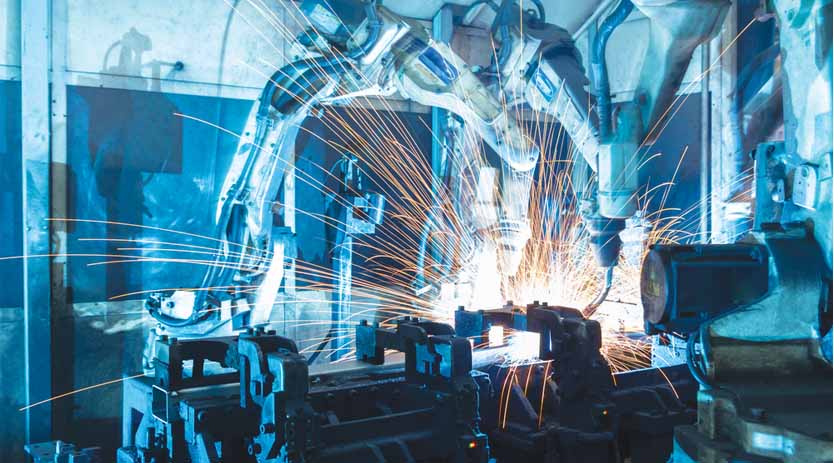
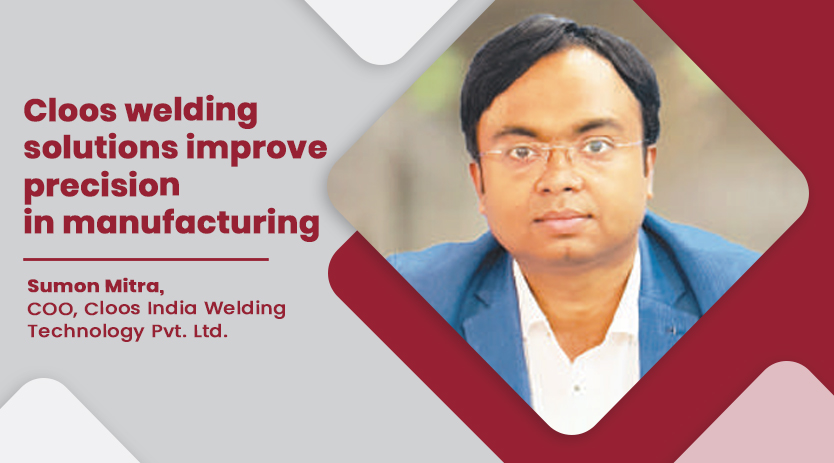
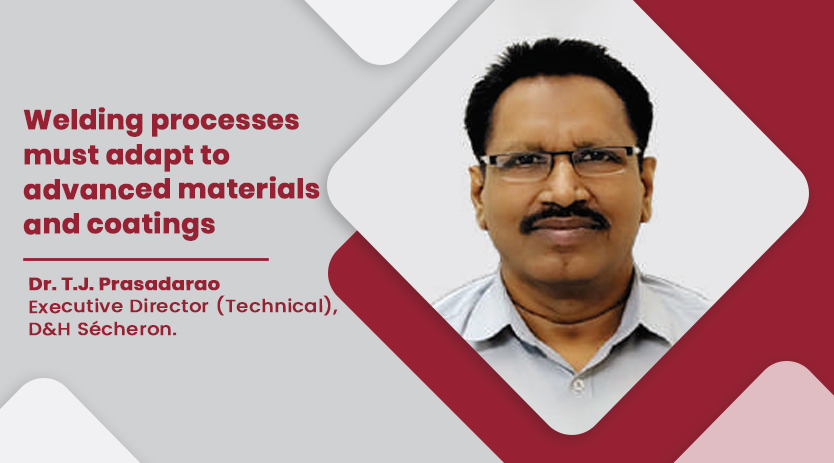

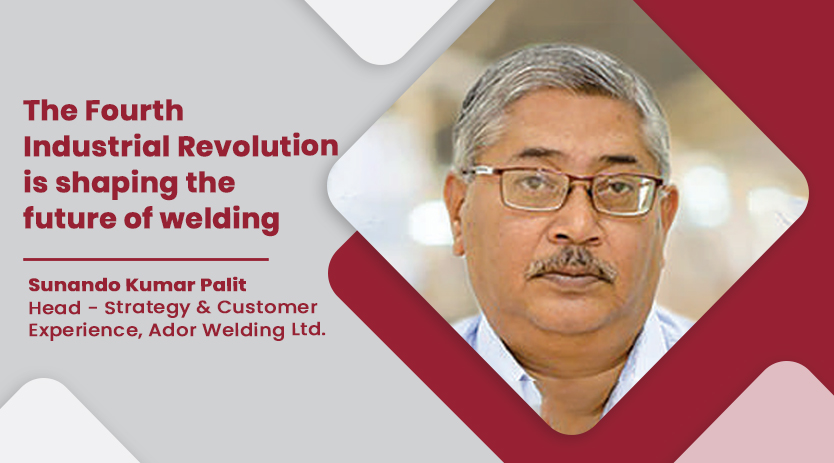
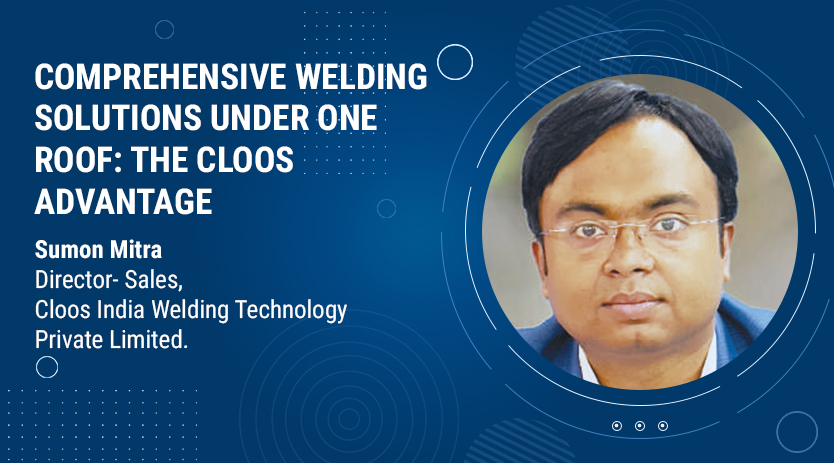
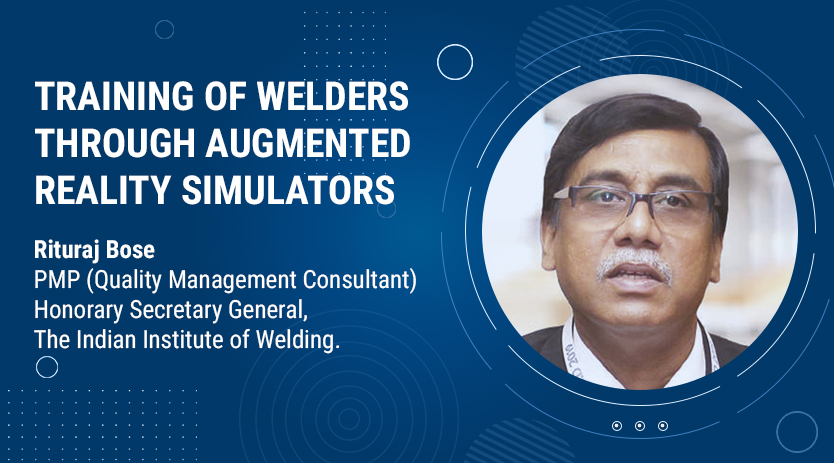










 English
English Hindi
Hindi